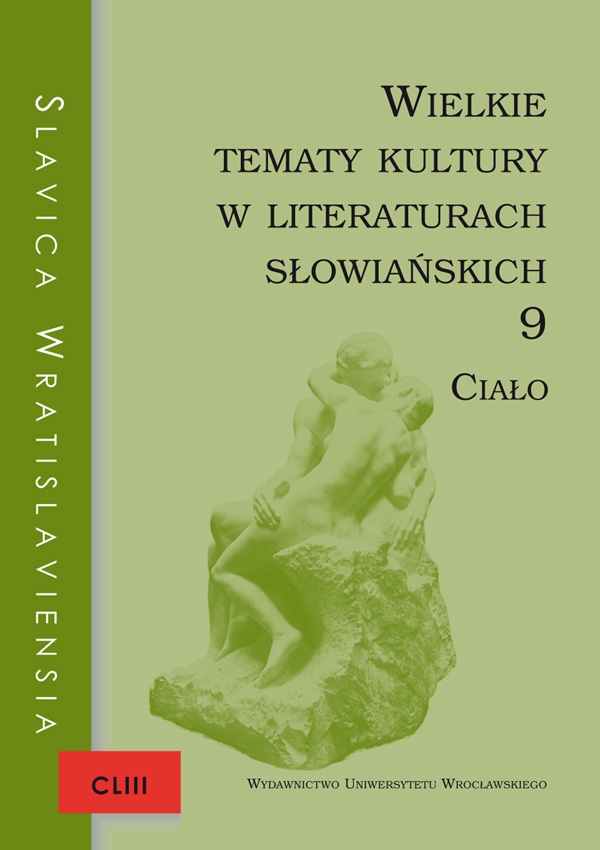

Artykuły

The Czech body of God
Christian perception of personal God is to a large extent based on the embodiment of Christ. This is also the source of the physical image of God’s body. Present in the last supper, as well as the perception of Church as the mystical body of Christ. Both images are present — in various ways — in different forms of Hussite movement. The Eucharistic question became the principal axis dividing the movement into two groups: the Calixtines, who acknowledged the real presence of Jesus in the Sacrament consubstantiation and the Taborites, who interpreted His presence as symbolic. To discuss the relation between the Czechs and God’s body it is most important to focus on the question of ecclesiology. It is in this question that the teaching of Jan Hus is most clearly formulated — Church being the community of the chosen people. Hus stresses the importance of proper participation in Church life, e.g. listening to God’s word in the mother tounge. Jan Hus did not intend to limit the Church to its national dimension, but his teachings brought about this effect as well. The followers of Hus tended to identify the genuine Church of Christ with the Czech country and language because nowhere else the Word of God could be understood in Czech. The final aspect concerning the relation between body and God is the sinfulness of the human body. The Calixtine theologists draw conclusions similar to those drawn by the Catholic thinkers. They accept the existance of Purgatory as the place of the post-death torment on the body and soul. The Taborites firmly oppose such beliefs, teaching of the necessity of punishment for sin directly on Earth, because after death it will not be possible.